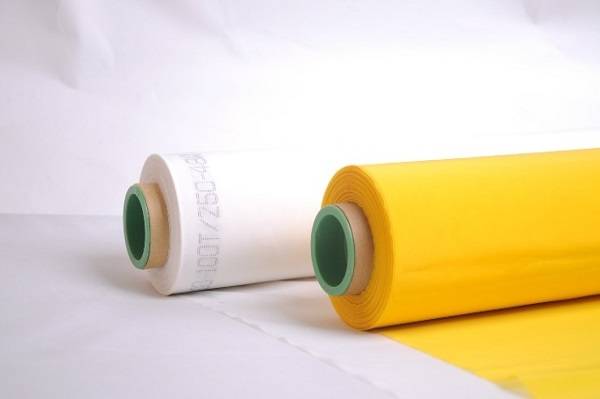Company Blog
Products for Filtration, Separation, Sifting and Printing
Water Based Ink or Plastisol for your printing?
- Font size: Larger Smaller
- Hits: 7918
- Subscribe to this entry
- Bookmark

Water Based Ink vs Plastisol
Water-based ink versus plastisol: one is made of water and one is made of plastic. Simple. But while the difference is easy enough to read in the names, how this difference impacts your screenprint takes a little more research. We're going to look more in depth at each type, advantages and disadvantages, and use the differences to see which one would work best for you.
Water-Based Inks
How They Work: Water-based is a specialty ink for direct to garment digital printing. It is a mixture of water with dye or pigment. The water acts as the main solvent to keep the pigment or dye in liquid form but sometimes co-solvents are used as well. The purpose of the co-solvents ranges, but they are most commonly used to decrease the time and heat necessary for curing. For the print to be cured, the water has to have completely evaporated. The ink sinks into the fibers of shirt, becoming part of the fabric.
Advantages of Water-Based Inks
o Better for the environment
o Softer hand (ie print is thinner)
o More breathable
o Inks becomes part of the shirt instead of sitting on top
o Good for creating a "vintage" look
Disadvantages of Water-Based Inks
o Influenced by the color of the shirt, making prints on dark garments problematic
o More time-consuming to work with
o Can dry in screens and clog them
o More expensive
Plastisol
How It Works: Plastisol is the standard, economical ink to use for screenprinting. It is easy to use because it is essentially plastic. To be more specific, it is made of polyvinyl chloride (PVC) particles and and plasticizer. PVC is a commonly-used plastic that is made fluid and flexible through combination with plasticizer, which is an additive that keeps the PVC particles from clumping together or settling. Plastisol has to reach a temperature of around 350 degrees Fahrenheit for curing. Once dry, most plastisol prints sit on top of the material of the shirt.
Advantages of Plastisol
o Inexpensive
o Great opacity, can be used on dark garments
o Doesn't require a source of running water
o Won't clog screens as it won't dry until cured (requiring 350-degree heat)
Disadvantages of Plastisol
o Thicker hand
o Less breathable
o Can bunch around seams
Last modified on


